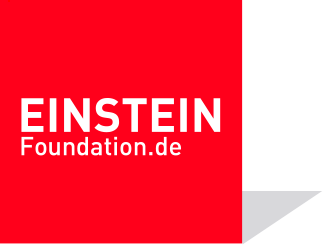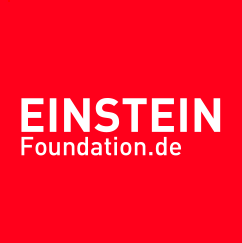Rarely is mathematics so close to everyday life: James Sethian of the University of California, Berkeley, is looking for mathematical answers to the question of how to get an object from A to B as quickly as possible. He has developed the fast marching method to solve this problem. The mathematician's research benefits not only other disciplines, such as materials and life sciences, but also students at the Berlin School of Mathematics. Sethian was an Einstein Visiting Fellow there from 2011 to 2014.
»Mathematics is a powerful tool«
What do interfaces have to do with computational physics?
When mathematicians talk about a boundary or "interface", they are not only referring to simple stationary objects, but to any sort of free-flowing surface that separates two or more regions. These moving interfaces are relevant to a wide range of engineering problems. We also see them in nature. For example, the surface of an ocean is a waterair boundary; a polluted river can contain a boundary between clean water and contaminants. Tracking these moving interfaces is very important, yet also very challenging, because they are driven by complex and dynamic phenomena. One simple example is a collection of buoys on a lake connected by a string: as the water flows, the buoys move, and the rope between them represents the moving boundary.
Are your methods a universal tool to model interfaces?
Most of my work has to do with developing mathematical models and numerical methods to trace these phenomena. The goal is to build accurate and efficient algorithms that we can also apply to highly complex interface motion. The simple buoy model is just the beginning: in the real world we can find interfaces that fracture into multiple segments and merge with other interfaces. And three dimensions add even more complexity. To model these more difficult problems, we have adopted a different view, which relies on the mathematics of "implicit functions" to represent the moving interface.
Our methods have been used in many applications, for example with internal combustion processes in engines, in semiconductor manufacturing, the development of new materials with industrial foams, and medical imaging for the early detection of illnesses.
What is new about these mathematics models?
The methods we have developed are particularly powerful when you have complicated problems in three-dimensional space. What we have done is bring together several different fields of mathematics – analysis, partial differential equations, and differential geometry – and combine them with modern aspects of computer science. This is one of the virtues of applied mathematics: it has many different fields at its disposal, which can be combined into tools to solve practical problems. At the same time, sometimes you need to invent completely new mathematics and computer algorithms in order to design the best tools. The blend of old and new is what makes applied computational mathematics so challenging, powerful, and fun.
Interview: Mirco Lomoth
This page will not be updated after the end of the fellowship.

